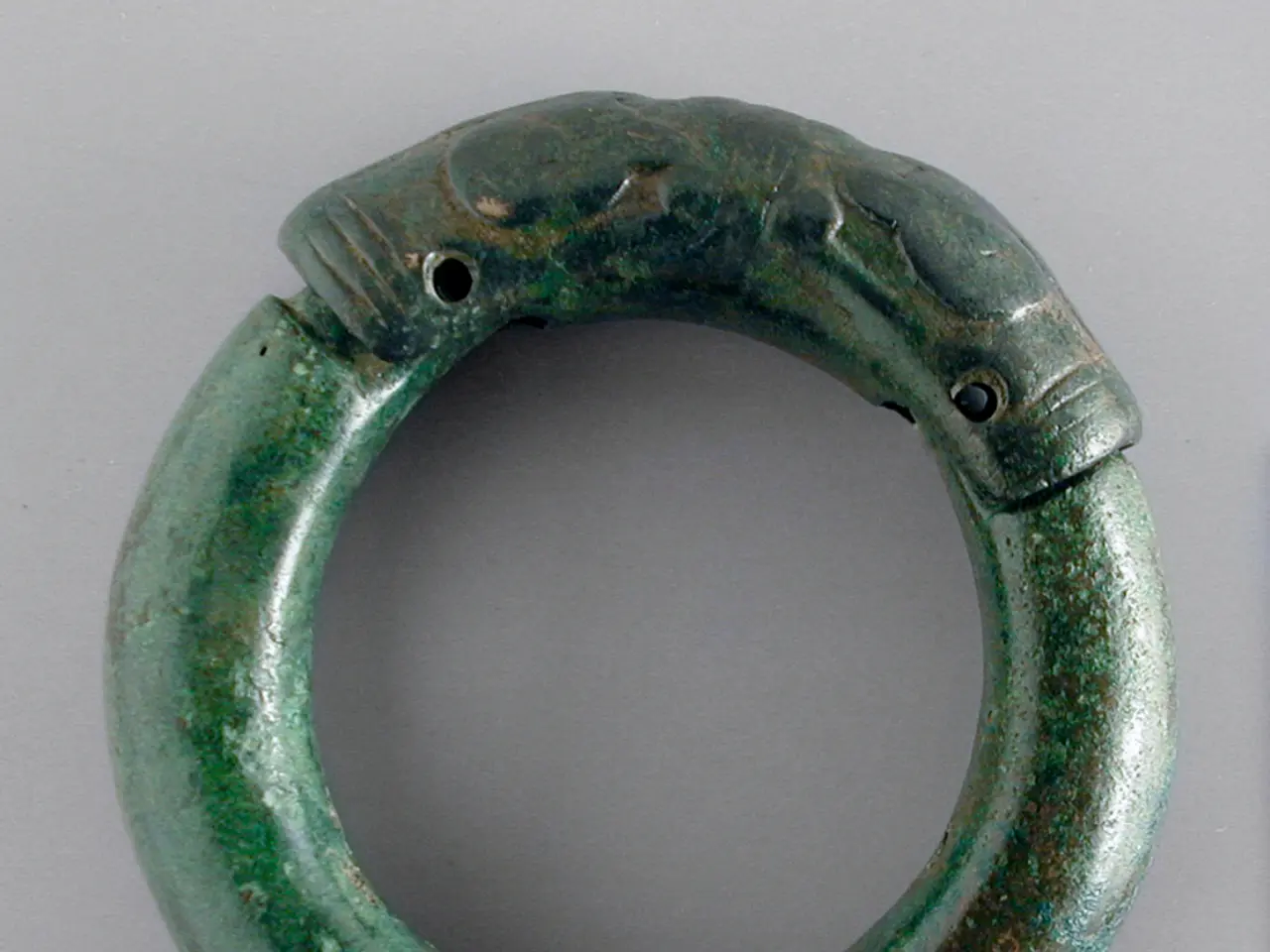Artificial intelligence aids in the creation of more resilient plastic materials for diverse industries.
Researchers at MIT and Duke University have developed a groundbreaking method to identify mechanophores, specifically ferrocene derivatives, which can serve as effective crosslinkers to make polymers more resistant to tearing. This approach, based on neural networks trained on computational data, dramatically speeds up the identification process compared to traditional experimental testing or computational simulations.
The research, funded by the National Science Foundation Center for the Chemistry of Molecularly Optimized Networks (MONET), focused on molecules known as ferrocenes. To explore a large and diverse space of potential mechanophores, the researchers used the Cambridge Structural Database, containing 5,000 different ferrocenes.
The method involved utilizing computational modeling techniques such as density functional theory and molecular dynamics simulations to generate data on molecular behaviour under mechanical stress. A neural network was then trained to predict which molecules would function optimally as mechanophores that respond to force by changing shape or breaking bonds in a controlled manner.
By incorporating the top candidates as crosslinkers in polymer networks, the resulting materials exhibited substantially increased toughness and tear resistance. One of the promising candidates, m-TMS-Fc, synthesized by Craig's lab at Duke, resulted in a polymer four times tougher than polymers made with standard ferrocene as the crosslinker.
Heather Kulik, the Lammot du Pont Professor of Chemical Engineering at MIT, is the senior author of the study. Ilia Kevlishvili, from MIT, is the lead author of the open-access paper, which appeared in ACS Central Science.
The researchers plan to focus on ferrocenes and other metal-containing mechanophores that have already been synthesized but whose properties are not fully understood in future studies. They also hope to use their machine-learning approach to identify mechanophores with other desirable properties, such as the ability to change colour or become catalytically active in response to force.
This study builds on a 2023 study by Craig and Jeremiah Johnson that found incorporating weak crosslinkers into a polymer network can make the overall material stronger. The researchers discovered two main features that seem likely to increase tear resistance: interactions between the chemical groups attached to the ferrocene rings and the presence of large, bulky molecules attached to both rings of the ferrocene.
Transition metal mechanophores are relatively underexplored and are probably a little more challenging to make. However, the computational workflow developed by the researchers can be used to broaden the scope of mechanophores studied. This represents a significant advance in creating self-reinforcing, longer-lasting polymers.
- The researchers at MIT and Duke University, funded by the National Science Foundation, have discovered a novel method to identify mechanophores, specifically ferrocene derivatives, which are effective crosslinkers that increase a polymer's resistance to tearing.
- This method, based on neural networks trained on computational data, employs density functional theory and molecular dynamics simulations to explore a diverse range of potential mechanophores from the Cambridge Structural Database.
- By predicting which molecules will function optimally as mechanophores under mechanical stress, the researchers can incorporate the top candidates as crosslinkers to produce material with increased toughness and tear resistance.
- One of the promising candidates, m-TMS-Fc, synthesized by Craig's lab at Duke, resulted in a polymer four times tougher than those made with standard ferrocene as the crosslinker.
- Heather Kulik, the Lammot du Pont Professor of Chemical Engineering at MIT, and Ilia Kevlishvili, from MIT, are the senior and lead authors of the open-access paper that appeared in ACS Central Science.
- Future studies will focus on ferrocenes and other metal-containing mechanophores, as well as using the machine-learning approach to identify mechanophores with desirable properties such as colour-changing or catalytic activation in response to force.
- This study further builds on a 2023 study by Craig and Jeremiah Johnson, which found that incorporating weak crosslinkers into a polymer network can make the overall material stronger.
- The researchers discovered two main features that contribute to increased tear resistance: interactions between the chemical groups attached to the ferrocene rings and the presence of large, bulky molecules attached to both rings of the ferrocene.
- Transition metal mechanophores are relatively underexplored, but the computational workflow developed by the researchers can be used to broaden the scope of mechanophores studied, advancing the creation of self-reinforcing, longer-lasting polymers. In addition, this study's findings could have implications for health-and-wellness, fitness-and-exercise, nutrition, technology, artifical-intelligence, mental health, science education, and graduate student research.




